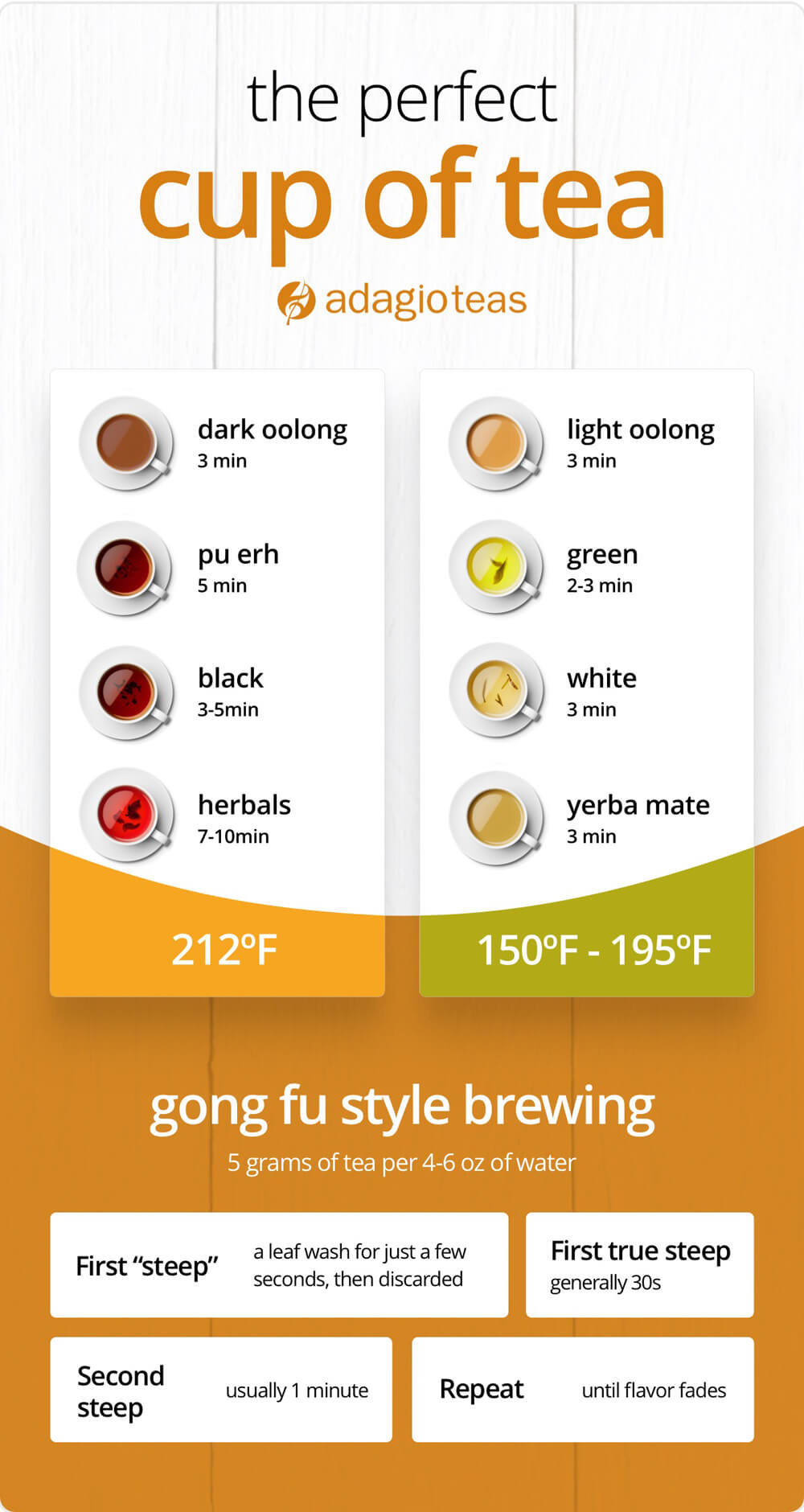

Tea and Well-Being Part 4: Mindfulness by Kaleigh Nobbe
Mindfulness is simply the practice of being aware: aware of our inner experience, aware of our external self, and aware of our environment. When we practice mindfulness, we suddenly have greater understanding of our personal experience by using skills in observation, description and participation.
As we explore tea in therapy, we continuously practice understanding our own physical needs and how our actions impact personal wellbeing. Physical needs are explored primarily through the temperature of the tea brewed. Traditionally, Japanese style drinking vessels for tea were designed without handles. The lack of devices to remove the hand from the hot cup was intentional to help drinkers recognize how the temperature will interact with the body while consuming the drink. If the cup is too hot to hold, then the beverage is too hot to drink comfortably and without injuring the body.
In addition to understanding the needs of our own bodies, we can also gain mindfulness of the tea itself. Three factors that important to be aware of while practicing mindfulness with tea are 1) how the leaves interact with the water based on the type of tea, 2) temperature of the water, and 3) time spent to steep the leaves. It is important to be aware of these aspects as the type of tea and process used to oxidize the tea will determine the sensitivity to the temperature and time in the water with green teas being the most sensitive, followed by white, then oolong and finally black tea being the least sensitive.
To learn more ways Owens & Associates can help you practice and understand tools to help make changes in your life, call 847-854-4333 for a free 15-minute consultation.
